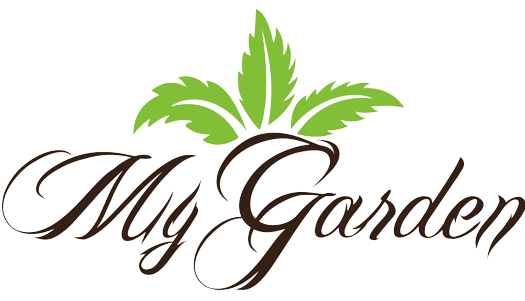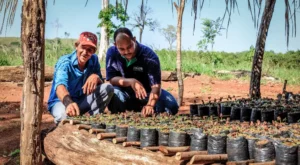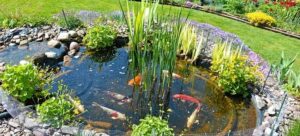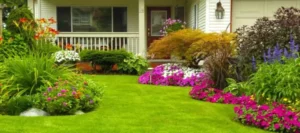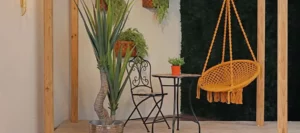Choosing the Right Soil for a Gardener: The Foundation for a Healthy and Thriving Garden
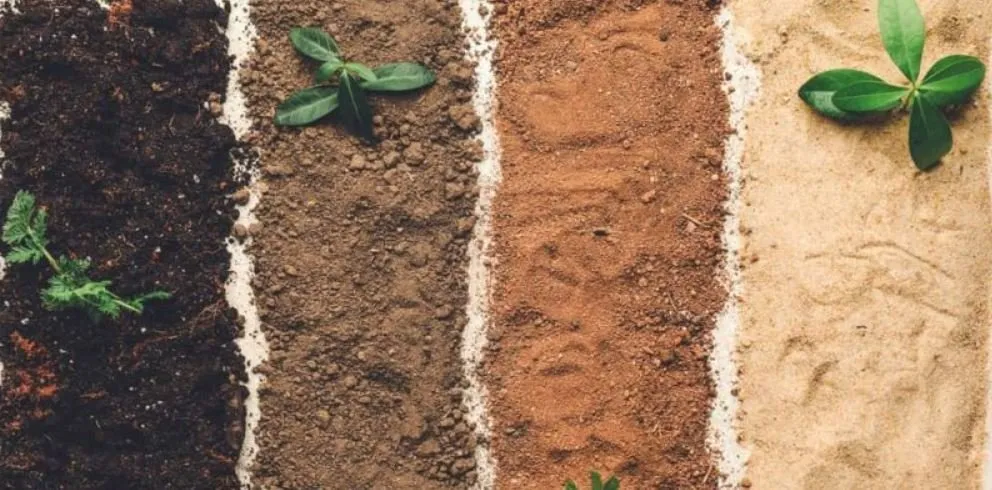
Soil is the essential foundation for any successful garden. Choosing the right soil is a fundamental step to ensure that your plants grow healthily and flourish at their best. Not all soils are the same, and each type of garden may require different soil characteristics to meet the needs of plants and the environment. In this article, I’ll walk you through the key things to consider when choosing the right soil for your garden and provide practical tips for achieving the optimal soil for your plants.
Evaluate Existing Soil Type:
Before making any decisions about the soil, it is important to know the type of soil existing in your garden. Soils can be classified as clayey, sandy, silty, or a combination of these. Each type of soil has different characteristics and retains moisture in a different way. For example, clayey soils tend to retain more water, while sandy ones drain more quickly. Understanding the type of soil you have will help you determine what amendments or modifications may be necessary to improve its quality.
Consider the pH of the soil:
Soil pH is another crucial factor to consider. The pH indicates the acidity or alkalinity of the soil, and can affect the availability of nutrients to plants. Most plants prefer a slightly acidic to neutral soil, with a pH between 6.0 and 7.0. You can perform a soil pH test to find out the current level and adjust if necessary. Adding amendments such as lime to raise the pH or sulfur to lower it can help achieve the optimum level for healthy plant growth.
It improves soil structure:
Soil structure is important to ensure good air and water circulation around plant roots. If you have heavy, compacted clay soil, you can improve its structure by adding organic matter, such as compost or peat, to loosen it up and increase its drainage capacity. On the other hand, if your soil is too sandy and drains quickly, you can add organic matter to better retain moisture and nutrients.
Provides Essential Nutrients:
The soil is the storehouse of essential nutrients for your plants. A well nutrient enriched soil will promote healthy growth and abundant flowering. You can enrich the soil with organic or commercial fertilizers, such as compost, manure or balanced mixtures of nutrients. It is important to follow the dosage and application recommendations to avoid an excess of nutrients that could be harmful to your plants.
Choose Specific Soils for Specific Plants:
Some plants have specific needs in terms of soil type. For example, acidophilic plants, such as azaleas and rhododendrons, require acidic soil to grow properly. Research the particular needs of the plants you want to grow in your garden and make sure you provide them with the right soil for optimal development.
Consider Land Use:
The intended use of the land may also influence your choice. If you are creating a vegetable garden, soil rich in nutrients and organic matter will be essential for growing vegetables and fruits. On the other hand, if you are establishing a native or xerophytic garden, you may prefer a more sandy, well-drained soil. Evaluate your goals and needs to select the most suitable soil for your garden.
Conclusion:
Choosing the right soil is a crucial step in establishing a healthy and thriving garden. Understanding the existing soil type, pH, structure, and nutrient needs of your plants will help you make informed decisions about how to improve and enrich the soil for optimal growth. Remember that soil is the foundation for the success of your garden, so invest time and effort in selecting and preparing the right soil to create a conducive environment for your plants and ensure the beauty and health of your garden in the long term. With optimal soil, you will see your plants flourish and thrive in all their splendor!
